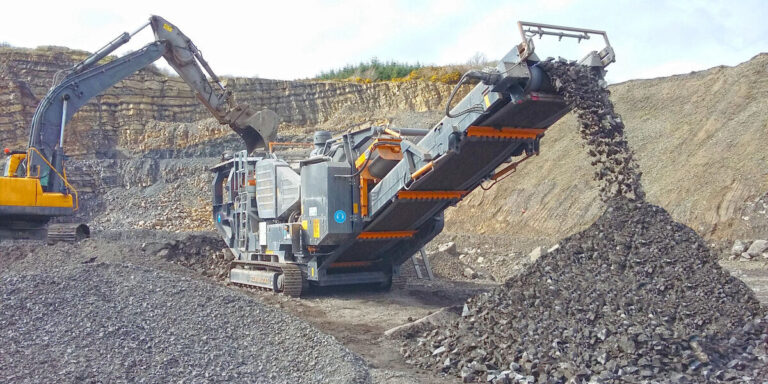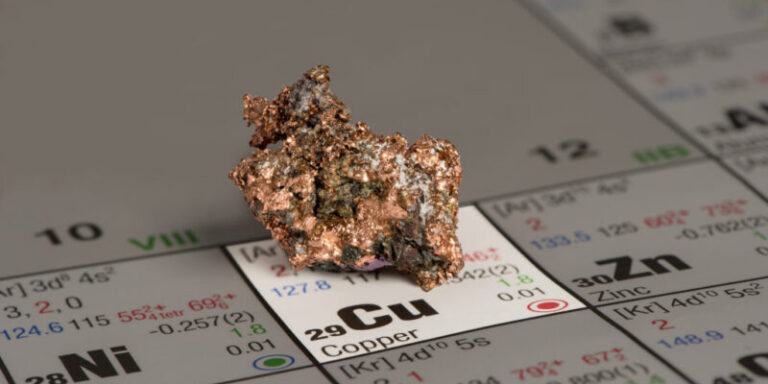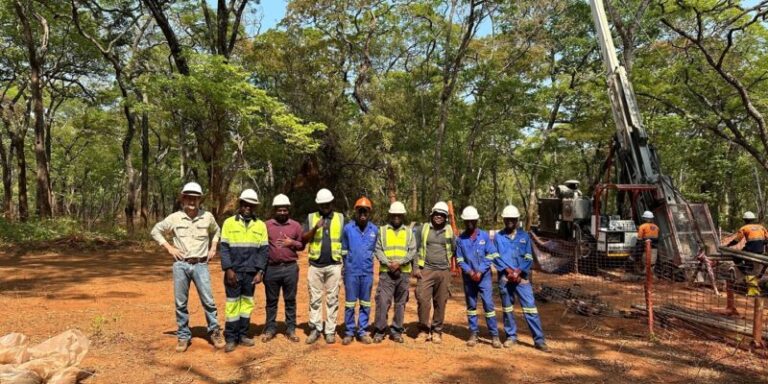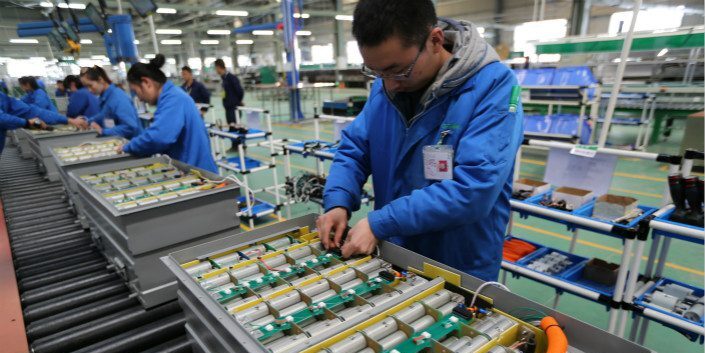
ASX-listed Sovereign Metals has commenced a hydraulic mining trial at its Kasiya rutile/graphite project in Malawi, marking the next stage in its pilot mining and land rehabilitation program. This trial builds on previous test work as part of the ongoing Kasiya optimization study.
The three-month trial, conducted by Fraser Alexander, follows a successful dry mining trial in July and involves backfilling the main trial pit, deposition, and rehabilitation test work.
Sovereign Metals highlights that the soft, friable nature of the Kasiya orebody makes it suitable for hydraulic mining.
The trial is overseen by the Sovereign-Rio Tinto technical committee, with results expected to play a crucial role in the project’s optimization.
Sovereign MD and CEO Frank Eagar emphasized the importance of this phase, noting that insights from the pilot phase, particularly the comparison between dry and hydraulic mining, will inform the ongoing study.
Rio Tinto, which already holds a 19.76% stake in Sovereign, has committed an additional A$690,360 to acquire 1.29 million more shares, increasing its ownership to 19.9%.
The Kasiya project features saprolite-hosted mineralization with homogenous and consistent physical properties across the estimated 1.8-billion-tonne resource.
Pilot phase data from the dry mining trial confirmed that no drilling, blasting, crushing, or milling is required before stockpiling material for processing.
A temporary water storage pond, sealed with natural clay and filled with six million liters of groundwater, will support the hydraulic mining trial.
The water will be recycled during the process, with sand and fines fractions stored separately for deposition and rehabilitation tests.
The trial’s equipment is skid-mounted for easy operation, with a barge-mounted pump transporting the slurry to a vibrating screen. The process replicates plant conditions, separating fines and sand fractions for subsequent in-pit deposition tests.
Land rehabilitation is a key component of the ongoing optimization study, with the goal of restoring post-mining land to match or surpass existing agricultural yields.
The pilot phase will demonstrate successful land rehabilitation to local communities and refine excavation and backfill techniques.
Following the hydraulic mining tests, blending test work will begin, involving backfilling test pits with various ratios of fines and sand, followed by soil remediation and rehabilitation efforts.






